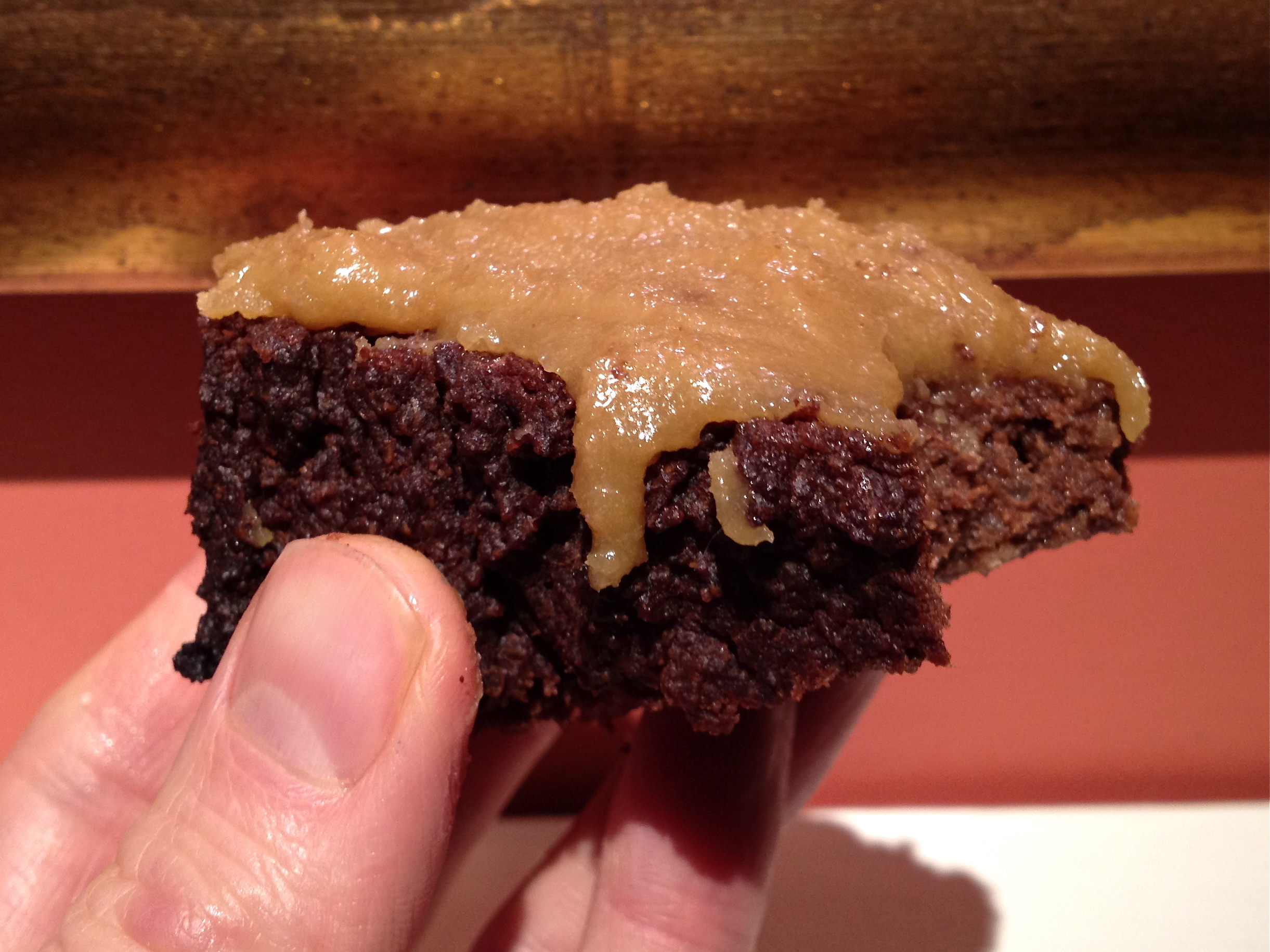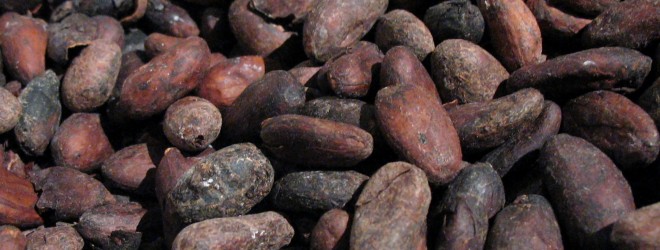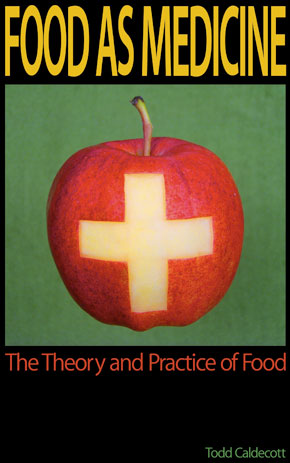Ingredients
¾ cup quinoa (fermented, drained p. 126)
1 ½ cups water
¾ cup butter
¼ – ½ cup milk (or almond milk, or water)
4 large eggs
1 tsp vanilla
1 cup jaggery (gur)
1 cup cocoa powder
1 ½ tsp aluminum-free baking powder
½ tsp baking soda
salt
Directions
Drain soaked quinoa, rinse, bring to a boil in twice the volume of water and let simmer for 20 minutes. Allow to cool, fluff with a fork. Melt the butter and set aside to cool, greasing two 8-inch round baking pans and preheating the oven to 350°F. In a blender combine the milk, eggs, vanilla and cooked quinoa, and blend to a custard-like consistency. In a separate bowl whisk together the jaggery, cocoa powder, baking powder, baking soda and a pinch of salt. Mix well then add the wet ingredients to the dry, mix well, and then pour into two cake pans. Bake for 40-45 minutes or until a knife comes out clean. Serve with fresh whipped cream sweetened with a little maple syrup, or homemade strawberry-rose ice cream.



